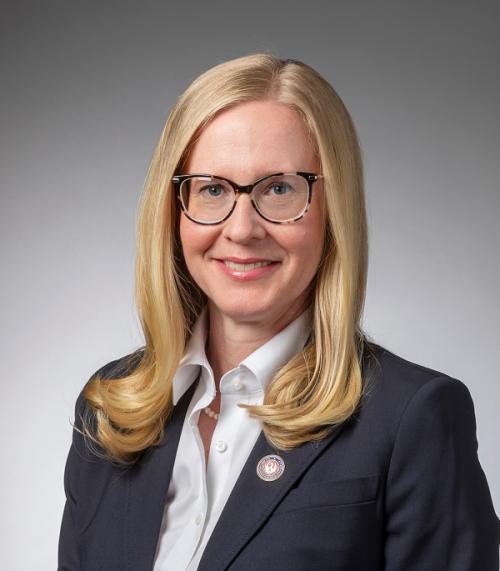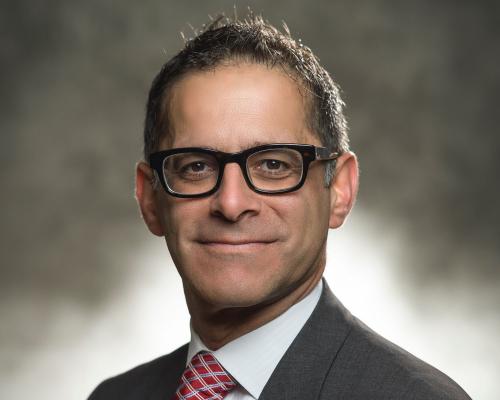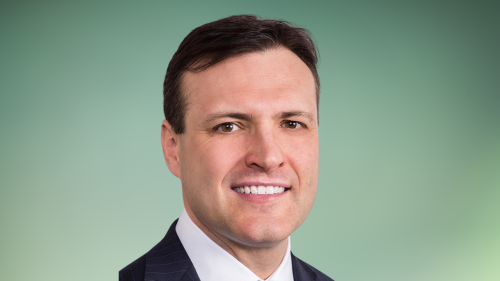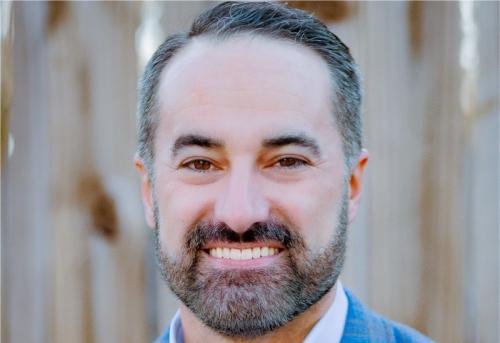A standardized approach to measuring pay for performance is needed, but it must be open to companies telling their stories
The easy part of responding to unsatisfactory levels of shareholder support for corporate say-on-pay proposals was identifying ‘shareholder irritants’ in the executive compensation plan and working to eliminate them.
Now that pay for performance has been embraced as the linchpin of acceptable pay practices, ‘we’re down to the hard stuff -- figuring out how to drive performance and the alignment of pay with performance,’ the director of human resources at an international executive search firm said at a lunch seminar hosted by the National Association of Corporate Directors on February 27 in New York City.
The event, titled ‘The Heat is (Still) On: Executive Compensation and the Upcoming Proxy Season,’ drew roughly 50 attendees from firms wrestling with their own executive pay practices and firms that advise companies and their boards’ compensation committees on their plans.
The managing director of an executive compensation consulting firm agreed that ‘everything is becoming more performance-related’ for executives, with perquisites relegated to history, except for the use of corporate jets, which remain a popular part of C-suite compensation plans.
Continuous modeling of a company’s financial data is the most reliable way to arrive at metrics for pay for performance that you’re comfortable with, according to the director of human resources.
For good or bad, total shareholder return (TSR) continues to be the primary measure of a company’s financial performance. But there’s an ongoing debate about whether to include metrics that more accurately reflect senior executives’ actual contribution to the company’s value as opposed to rewarding them for merely ‘riding the wave of a commodity price’ boom at companies such as Exxon, said the director of corporate governance for a major employee pension plan.
‘Most of us agree that including realizable pay in the definition [of pay for performance] make sense,’ he said. ‘We also need a standardization approach,’ but one that allows a company to tell its own compensation story.
For all the panic the introduction of say on pay votes at annual meetings caused a few years ago, they have proved to be a great impetus for shareholder engagement. ‘Without say on pay, many companies would not have embraced engagement,’ he said.
When meeting with shareholders, companies need to make sure they have the right team of people on hand to answer questions because investors expect answers then rather than later. The director of corporate governance at the pension fund suggests including the head of the compensation committee, which could be through a telephone hook-up to the meeting. That person might need some coaching in advance, too, he added, since most such committees heads are nether accustomed to nor at ease with speaking to shareholders.
The vice president of an investor communications company said her firm has been helping clients break out their shareholder bases into segments to see how various kinds of shareholders are voting on say on pay proposals. Understanding the breakout of your shareholders beyond the top 50 ‘opens up new arenas for communication’ with them, she said.
Counter-intuitively, shareholder fatigue around say on pay is now quite common, according to the director of corporate governance at the pension fund. That’s likely because some large shareholders have moved away from including it in their campaigns at companies where they’re seeking change. That can be dangerous if companies think they are out of the woods if they’ve garnered a couple of years of high say on pay votes from investors. Rather, it has made room for smaller shareholders to move in and draw attention to anything they consider a weak pay practice, which may serve as a red flag for other shareholders and threaten a company’s say on pay vote all over again, he said. He recommended that companies remain on guard for signs of shareholder agitators.








